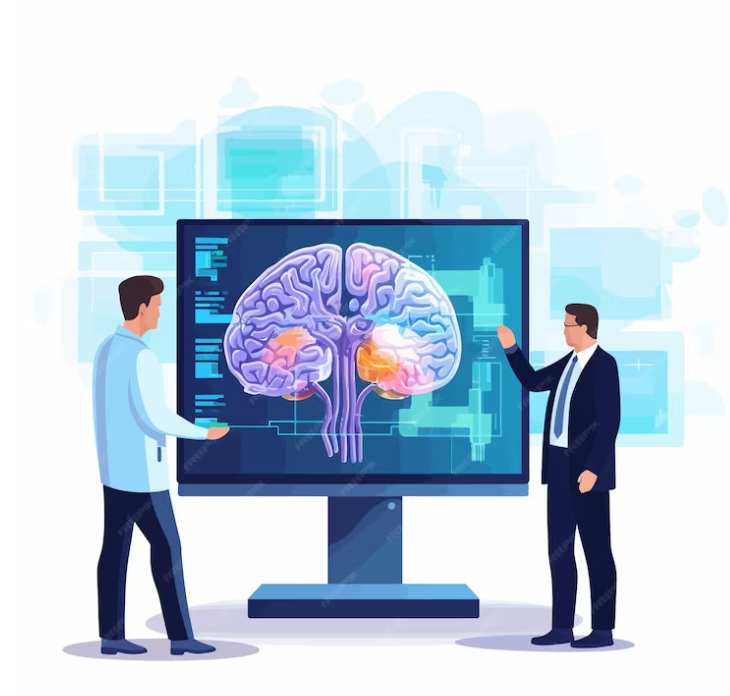
Navigating Brain Aneurysm Recovery: Understanding Rehabilitation and the Healing Journey
Recovering from a brain aneurysm can be a challenging journey, but with the right support and resources, it’s possible to regain function and rebuild your life. In this blog, we’ll explore the recovery process in simple terms to help you understand what to expect and how to navigate the road to recovery.
1. Rehabilitation:
Rehabilitation is a crucial aspect of brain aneurysm recovery, helping individuals regain lost abilities and learn new ways of doing things. Depending on the extent of the injury, rehabilitation may include physical therapy, occupational therapy, speech therapy, and cognitive therapy.
2. Physical Therapy:
Physical therapy focuses on improving mobility, strength, and coordination. It may involve exercises to improve balance and gait, as well as techniques to address muscle weakness and stiffness. Physical therapists work with individuals to help them regain independence in everyday activities.
3. Occupational Therapy:
Occupational therapy helps individuals develop the skills needed to perform daily tasks, such as dressing, bathing, and cooking. Therapists may provide training in adaptive techniques and recommend assistive devices to make activities easier and safer.
4. Speech Therapy:
Speech therapy can help individuals regain speech and language skills, as well as address swallowing difficulties that may arise after a brain aneurysm. Therapists work with individuals to improve communication and swallowing function through exercises and techniques.
5. Cognitive Therapy:
Cognitive therapy focuses on improving cognitive skills such as memory, attention, and problem-solving. Therapists may use cognitive exercises and strategies to help individuals overcome cognitive deficits and improve overall cognitive function.
6. Emotional Support:
Recovering from a brain aneurysm can be emotionally challenging, and it’s essential to seek support from friends, family, and healthcare professionals. Counseling or support groups may also be beneficial for individuals struggling with emotional issues related to their recovery.
Conclusion:
Brain aneurysm recovery is a journey that requires time, patience, and determination. By participating in rehabilitation programs, seeking support, and staying positive, individuals can make significant strides toward recovery and lead fulfilling lives.
To seek medical advice, always consult a Doctor. Here are our recommended experts. Click here
To read more on Neurological Disorders. Click Here


